Introduction
Social inequalities and discrimination against a particular group are menaces in the United States. Many instances of discrimination are encountered in different sectors, such as the health and education sector. One of the significant groups that face challenges in America is Mexican Americans.
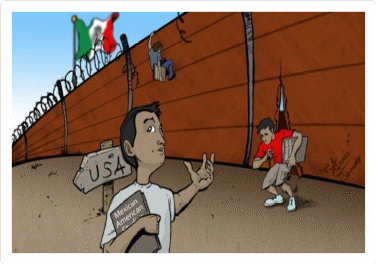
Many Mexican Americans have been discriminated against and stereotyped in schools and bullied by their peers. For instance, many people associate them with drugs and crime. Poverty is another aspect that contributes to the challenges experienced by many Mexican Americans. Although different minority groups experience various challenges, Mexican-Americans are among the groups that experience many challenges in the United States.
Racial Discrimination
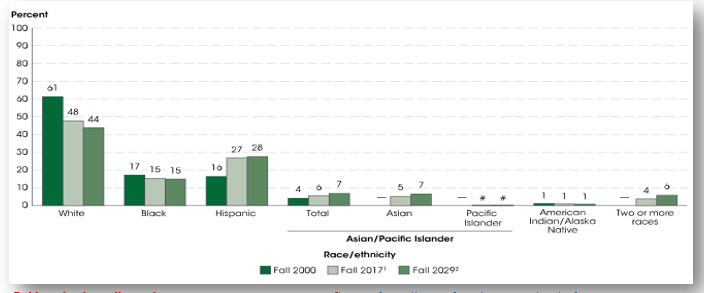
How racial barriers contribute to the struggles faced by Mexican Americans has been hotly debated in the U.S. Race-based discrimination is one of the significant aspects that has led to the poor performance of many Mexican Americans students. Many people who experience racism become stressed and, in some cases, develop depression and other mental disorders.
Racially discriminated students face challenges when coping with stress and schoolwork, limiting their performance. Minorities have high chances of being racially discriminated against in schools. Most Mexican American students have been racially discriminated against by their schoolmates. Such students may avoid engaging in discussions with students from other races to prevent discrimination.
Many children who face racial discrimination are likely to have low self-esteem, leading to poor social skills. In some cases, teachers discriminate against Mexican American students, contributing to their increased challenges. For instance, some teachers do not like engaging Mexican American students in school projects.
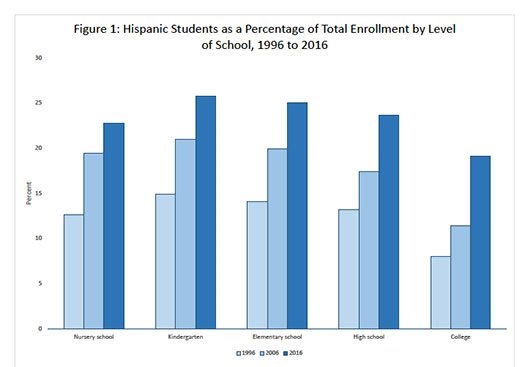
Unfair and discriminatory treatment against Mexican American students has contributed to the increased number of school dropouts. Typically, school life becomes challenging for students who face discrimination as they feel unappreciated and unwanted in that environment, leading to dropout cases. Poor academic outcomes steered by racial discrimination have also led to many Mexican American school dropouts. In this case, poor grades contribute to stress and low self-esteem, forcing them to drop out and engage in drug abuse and other criminal activities.
Poverty
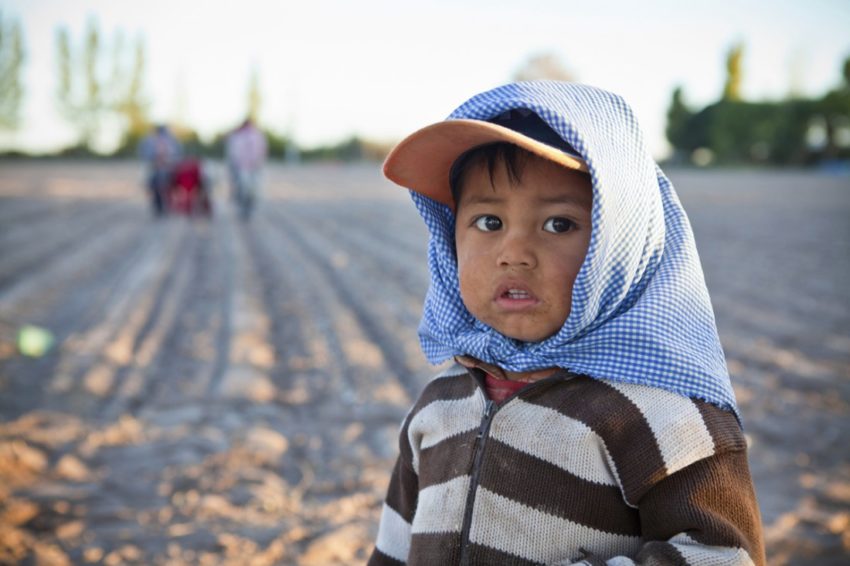
Poverty is another major challenge faced by Mexican Americans in the American public school system. The introduction of flipped classrooms has led to increased struggles and barriers to Mexican American students from low socioeconomic statuses.
Lack of adequate resources has restricted students from engaging in vital school projects, limiting their chances of attaining high grades. Some schools require students to buy books and conduct research that need funds. Many Mexican American students from low socioeconomic families struggle to acquire these materials. Lack of adequate funds has led to increased school dropout and engagement in other activities to obtain funds.
Such behavior explains why Mexican Americans students do not graduate from college at the same rate as their peers. Research has revealed that many Mexican American parents have not attained higher education, limiting access to well-paying jobs and ability to fund children’s education. Some students drop out of school to seek employment and sustain themselves and provide for their families, spending more time in college.
Many Mexican American families experience child labor as parents allow their children to work early due to poverty. Such students’ academic outcome is likely to be affected by the work stress. Child development is a vital issue that can influence the performance of individuals in schools. In most cases, low socioeconomic families encounter challenges that limit the development of the children. Many Mexican American children live in low-income and welfare-dependent households that lack adequate funds to pay for children’s development services such as childcare. Many young children in America attend preschool programs that help them to develop social skills.
Scholars have revealed that children who attend preschool have a limited likelihood of grade retention, and psychologists encourage parents to ensure that their children acquire quality preschool experiences to provide an essential foundation for their cognitive development. However, lack of adequate funds among many Mexican American families prevents them from sending their children to the preschool programs.
Bullying
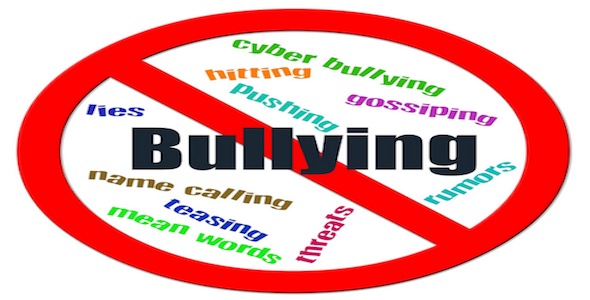
Bullying in schools is a significant issue that has led to the poor performance of many students. Black and Mexican Americans have high chances of being bullied in schools in the United States based on their physical appearance, such as skin color.
Bullying does not necessarily involve students in high school and colleges but also young children. Many bullying cases were encountered in schools during Donald Trump’s elections, where the whites threatened Latinos that they would be shipped back to Mexico. Chronic bullying is common in elementary school and is responsible for most absenteeism. Many Mexican Americans who experience chronic bullying in schools have missed class days, affecting their performance.
Physical, emotional, and verbal bullying are other forms of bullying experienced by Mexican American students due to being a member of a minority group in a learning institution. For instance, many physical bullying cases develop when individuals confront each other during emotional bullying, and such experiences are common among Mexican American students.
Typically, verbal bullying involves using any form of language to cause the other person distress. Many Mexican American students experience verbal bullying where their colleagues negatively comment on their appearance. Mexican Americans have also reported that some teachers exercise verbal bullying by using derogatory terms when addressing them.
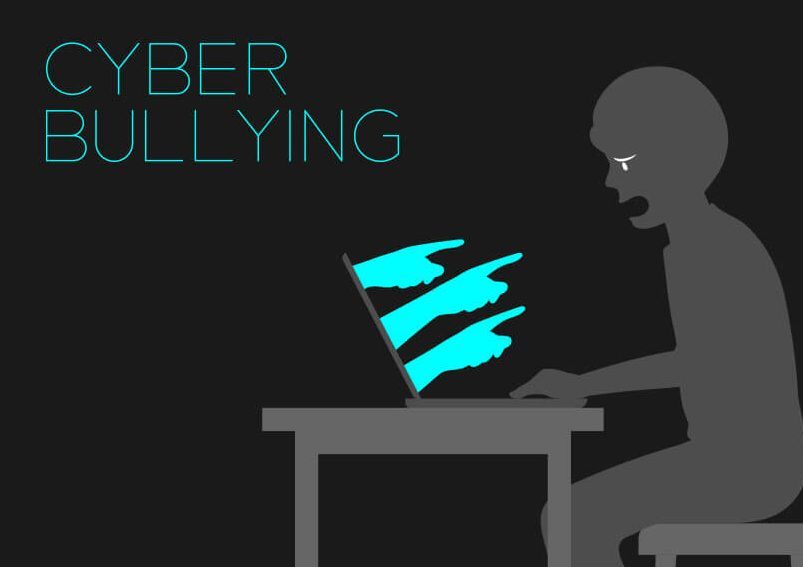
Advanced technology has enabled many people to join different social media platforms. Moreover, many schools in the United States have encouraged students to create online discussion groups. However, some students engage in cyberbullying, with students from minority groups being at high risks of experiencing cyberbullying. Cases of students who have been impacted by cyberbullying have been reported in many schools.
For instance, Amanda Todd, a 15-year-old girl who committed suicide after her nude photos were exposed on the internet, is one of the common cyberbullying cases. The issue revealed how bullying impacts the performance and mental health of the victims. Although many people believe that bullying stops in high school, higher education cases have also been reported. Many cases of bullying in universities involve physical bullying and cyberbullying. Some students have been attacked based on their race in many learning institutions. Although there are federal and state anti-bullying laws, Mexican American students still experience bullying in schools.
Language Barrier
Many Mexican Americans experience challenges in American learning institutions due to the language barrier. Some of the children’s language placement test indicates excellent English language proficiency, but they experience challenges when interacting with other students whose first language is English.
Teachers use English in the learning institutions, limiting how Mexican Americans understand some of the contents. Some projects in school involve teamwork, and students are required to present their researches in class. Consequently, many individuals have difficulty expressing concepts and ideas during the presentation and in group discussions.

Language barriers influence students’ relationships as those from a particular group feel comfortable interacting with their peers who share the same language and race. Expressing oneself in a foreign language is complex and can lead to misunderstanding. Therefore, many Mexican Americans who are not fluent English speakers encounter challenges when interacting with others. A particular language or dialect may present barriers to those who are not familiar with its expressions. In this case, Mexican Americans can experience challenges since some words have different meanings.
Stereotyping

Stereotyping is a common issue in American society since people have developed different perspectives about various groups. For instance, many people associate Mexican Americans with low education and poverty. Associating Mexican Americans with poverty has led to many young people believing that all Latinos are poor. There have been cases of Latino children abused by their schoolmates by associating them with poverty and circumstances where teachers believe Mexican Americans are likely to be criminals. Some teachers develop a negative attitude towards Mexican Americans, impacting their learning outcomes.
Drug trafficking is infamous in Mexico, and many people in America believe that most Mexican Americans are drug traffickers or abusers. Associating Mexicans with drug abuse and trafficking has become hard to eradicate. For instance, some young children who discriminate against Mexican Americans associate them with drug trafficking and call them names.
Wrong assumptions about Mexican Americans can lead to the poor performance of the students as some teachers may think that the students’ genes are not as developed as others and avoid issuing complex tasks to them, leading to poor performance.
Cultural Differences

Cultural differences often influence how individuals interact in learning institutions. Teachers have revealed that cultural tendencies can influence learners’ performance by affecting how students participate in class. Most students and teachers in schools have adopted American culture, while American Mexican students have adopted Latin American culture, creating cultural differences in school community.
Culture determines socialization among individuals, student attitude, and cultural construal of schooling, which play a significant role in academic achievement. The cultural aspects can influence how different students perceive their educational experiences. Teachers have argued that they face challenges when teaching students from different cultures. Teachers have been encouraged to learn different cultures to guarantee that they meet culturally diverse students’ educational needs. For instance, teachers can learn about the Latin American culture and avoid engaging in practices that may limit Latino students’ good performance.
Conclusion
Various aspects have revealed that Mexican Americans experience challenges in the American public school system. Factors such as racial discrimination have led to many students performing poorly and experiencing poor mental health. Bullying and stereotyping are significant issues causing Mexican Americans to struggle in schools, with many learning institutions reporting bullying cases despite government interventions, and teachers and students adopting untrue beliefs about Mexican Americans.
Poverty has led many Mexican American students to experience challenges since they cannot afford adequate resources needed for different classes. Cultural differences are another factor contributing to struggles experienced by Mexican American students. Therefore, the government should intervene on these issues to improve Mexican Americans’ education outcomes.
Bibliography
Abdullayeva, Tatyana. “American Multicultural Society’s Integration into Children Literature in XX century.” Norwegian Journal of Development of the International Science 39, no.4 (2020): 3-7.
Briggs, Randall Morgan. “Criminalization of Cyberbullying: The Constitutionality of Creating an Online Neverland for Children under a Tinker-Bell Analysis.” La. L. Rev. 78 (2017): 1059.
DeMatthews, David E., and Elena Izquierdo. “Supporting Mexican American Immigrant Students on the Border: A Case study of Culturally Responsive Leadership in a Dual Language Elementary School.” Urban Education 55, no. 3 (2020): 362-393.
Espinoza-Herold, Mariella, and Ricardo González-Carriedo. Issues in Latino Education: Race, School Culture, and the Politics of Academic Success. New York: Routledge, 2017.
Fagan, Allison. “Mexican Americans and the Question of Race by Julie A. Dowling.” The Americas 74, no. 4 (2017): 555-557.
Gallegos, Sergio A. “Epistemic Injustice and the Struggle for Recognition of Afro-Mexicans: A Model for Native Americans?” APA Newsletter on Native American and Indigenous Philosophy 18, no. 1 (2018): 35-42.
Gutierrez Masini, Jessica. “Native American Indigeneity through Danza in University of California Powwows: A Decolonized Approach.” Ph.D. diss., UC Riverside, 2018.
Ortiz, Vilma, and Edward Telles. “Third Generation Disadvantage among Mexican Americans.” Sociology of Race and Ethnicity 3, no. 4 (2017): 441-457.
Spring, Joel. Deculturalization and the Struggle for Equality: A Brief History of the Education of Dominated Cultures in the United States. New York: Routledge, 2016.
Torres, Stephanie A., Catherine DeCarlo Santiago, Katherine Kaufka Walts, and Maryse H. Richards. “Immigration Policy, Practices, and Procedures: The Impact on the Mental Health of Mexican and Central American Youth and Families.” American Psychologist 73, no. 7 (2018): 843-846.
Valenzuela, Angela. “The Struggle to Decolonize Official Knowledge in Texas’ state curriculum: Side-stepping the colonial matrix of power.” Equity & Excellence in Education 52, no. 2-3 (2019): 197-215.